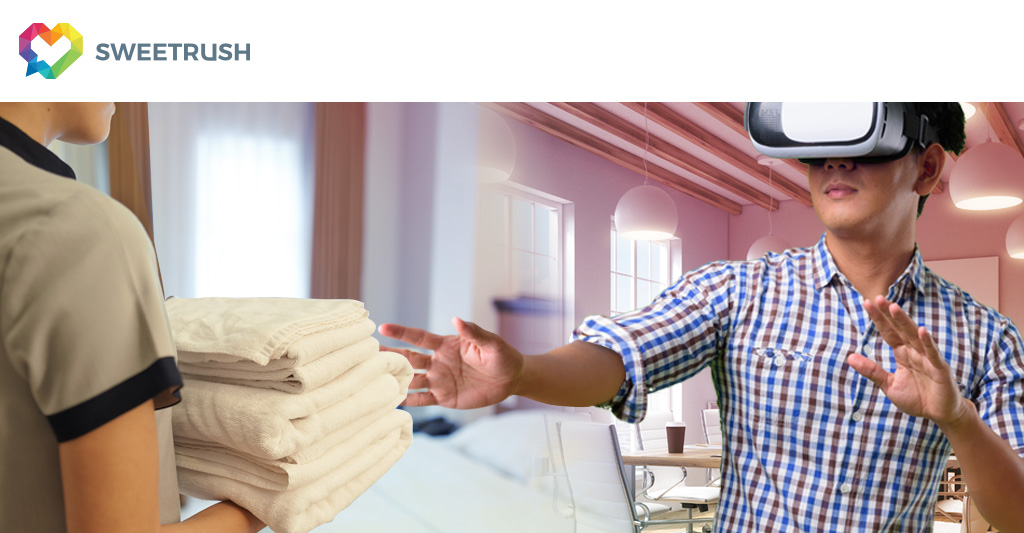I was a kid when I first watched the 1993 music video for Aerosmith’s rock ballad “Amazing.”
Remember that one? A lonely, geeky-looking guy plays a video game in which he has sexy adventures with Alicia Silverstone, with whom he gets a bit obsessed (it was the nineties: of course he was obsessed with Alicia Silverstone!).
To make his experience more realistic—and his relationship with the girl more physical—he puts on gloves and a headset and, essentially, steps into virtual reality (VR), a digital environment in which he can have his dream girl for himself.
That was my first “encounter”—if you can actually call it that—with VR. Little did it matter how goofy or inaccurately the video actually showcased the technology; that was the first time I thought to myself, “Wow, it’d be cool if we could walk into a video game.”
25 years later, we can actually do that. It’s pretty amazing to ponder the potential of VR beyond the hormone-filled, futuristic dreams shown in Aerosmith’s video. VR, along with other forms of technology—such as augmented reality and the Internet of Things—are making a splash not just in entertainment, but in other areas as well, such as Learning and Development.
Now imagine instead of Aerosmith’s lonely, isolated guy using VR to hook up with a virtual, made-up girl, it was a male professional walking in the shoes of his female counterparts and experiencing situations of bias and discrimination. It might be tougher to fit with the song lyrics, but we can envision this take having a more meaningful impact, especially today.
And, the band would be highlighting one of the most compelling uses of VR: using the technology to create and build empathy.
In an article recently published on Training Industry’s site (Developing Employee Empathy Using Virtual Reality), author Taryn Oesch details how organizations like the United Nations and The New York Times have recently used VR to stimulate empathy.
The article then asks, “Should companies do the same for their employees?” John Carlos Lozano, Chief Creative Officer at SweetRush—who was quoted on the article—believes so.
Lozano shared the story of a VR project developed by SweetRush for a client who needed a virtual hotel for its corporate employees. In the VR experience, people could actually experience what working in a hotel is like.
“(Corporate employees) don’t understand what those people’s jobs are like, yet they are making decisions for those people day in and day out,” said Lozano. By virtually working at a front desk or cleaning a guest room, employees were able to develop empathy for their colleagues and, as a result, make better decisions in the future.
In other words, VR gives users the unique experience of actually walking in someone else’s shoes. Users can then have a better understanding of what others go through, thus developing empathy toward them.
For empathy to develop, however, virtual reality has to be done right. To learn how to build effective, VR experiences that align with strategic business objectives and to read more about SweetRush’s approach to VR, check out Taryn’s article and read more about VR on our website.




